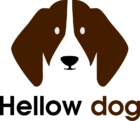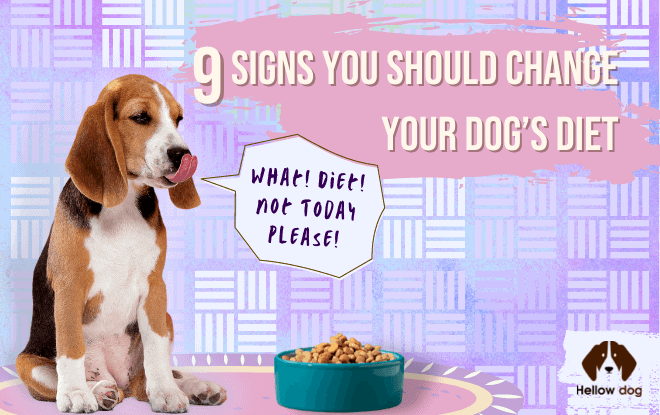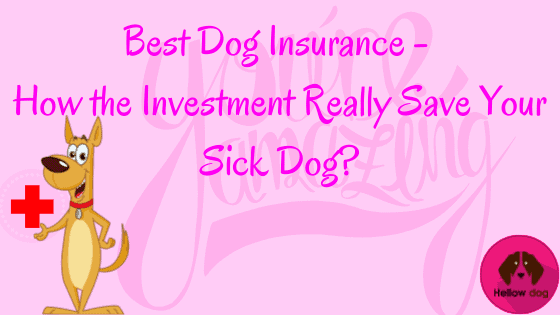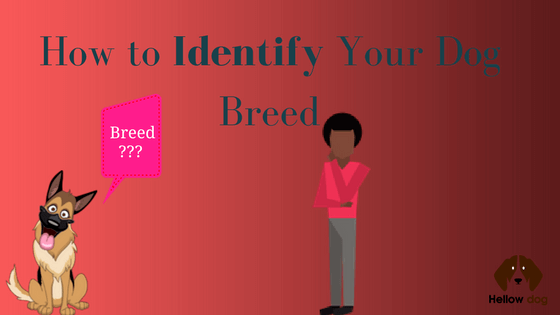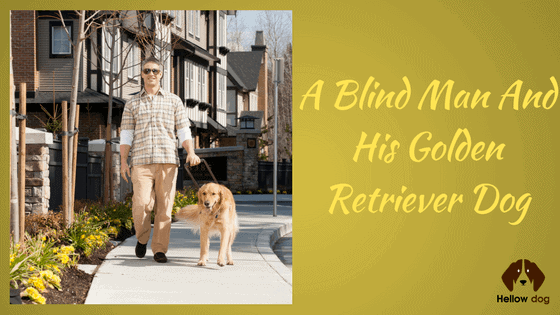Many pet owners are committed to providing their dogs with the best quality dog food to ensure they stay happy and healthy. But besides giving them high-quality foods, their diet plan should also be suitable for their current needs. Just like humans, dogs have dietary requirements that may change over time due to factors like their age, life stage, activity level, and overall health changes. Dog owners must prioritize their pets’ nutritional needs when choosing the right kind of food.
Why Should You Change Your Dog’s Diet?
You probably already understand the importance of providing the right food and diet for your dog to keep them in good shape. But how do you know when to change your dog’s diet? The question to ask is this—is my dog’s current diet plan still working well for them?
Your dog, like other animals, goes through different growth stages. At the puppy stage, their diet consists of their mother’s milk. As they grow, they slowly transition to eating kibbles designed for junior puppies and, later on, eat more advanced food during their adult or senior stage. You can also check for more info here about choosing the best food for your dog according to their current growth stage and needs.
Besides the changes brought by their growth and development, there are still other factors and signs which could lead you to change their diet for the best.

Can Changing A Dog’s Diet Harm Them?
Before knowing the signs and factors that lead to changing your dog’s diet, many pet owners also wonder if these changes can harm their furry friends. Many of you probably believe in the idea that you must feed your dog the same food for the rest of their lives. Maybe you’re afraid that changing their diet can affect their overall health and behavior.
It is also crucial to know that changing your dog’s diet can harm them in certain situations. For instance, abruptly giving them a different kind of food without any warning or introduction can cause vomiting, gastrointestinal upset, and lower appetite.
When you decide to switch your dog’s food, make sure to do it slowly and allow them to have time to adjust. Make it easier for their system to acknowledge the brand-new food.
Signs It’s Time To Change Your Dog’s Diet
The next big question now is, when can you tell if it’s time to change your dog’s diet? Besides the vet’s advice, here are nine signs that signify you to change your dog’s food and look for a new variety.
- Vomiting
The most obvious sign that it’s time to switch your dog’s diet is when they’re constantly vomiting. Chronic vomiting means their current food is probably not received and digested well by their system, leading to an upset stomach and causing vomiting. Furthermore, keep an eye out if they eat grass and other plants as they usually do this to try and ease their upset digestive system. Before you change their food right away, always remember to consult the veterinarian first. Have your dog checked if any other health issues might have caused your dog to vomit, aside from the food.
- Diarrhea Or Bowel Issues
Another noticeable sign that your dog requires a change in diet is bowel issues or diarrhea. Check how often your dog poops. Whether they’re having a hard time defecating or they’re pooping way too often, these could be signs that you’re feeding your dog the wrong food.
Besides their bathroom habits, make sure to take note of the smell and form of their feces. When the scent is too strong or foul, it may signify that they have pancreatic issues or intestinal parasites, issues that need treatment at the vet immediately. Meanwhile, if their stool is too watery, it could also be a signal that your dog isn’t responding well to their current diet plan. Whichever changes and abnormalities you may find on your dog’s stool, make sure to raise this concern to their vet immediately.
- Excessive Itching
All dogs scratch their bodies every once in a while due to random itches. It’s also part of their normal mannerism. However, when your dog is excessively scratching intensely, it could be a sign of an allergic reaction caused by the food they eat. Most dogs are allergic to almost anything, and food allergies are certainly one of them. Common dog allergies may include corn, wheat, soy, beef, lamb, and chicken eggs.
So, if you’ve recently noticed your dog scratching more frequently than usual, consult your veterinarian and discuss if a diet change may be the best solution. The vet can likewise provide you with a prescription diet in case your dog has sensitive skin.
- Weakness Or Lethargy
When your dog is suddenly acting weak and lethargic, perhaps it may be that they’re not getting enough nutrients from the food they often eat. Another reason is the quality of the food, which could be too hard for their body to process and digest. Remember that not getting enough nutrition means they’re also not getting enough energy from their meals. Feeding them different food may resolve the issue, or a more serious health issue may be causing your dog’s lethargy. Before making any changes to their diet, check with the vet first.
- Unhealthy Weight
Like humans, dogs need to sustain a healthy weight to live long, healthy, and happy lives. Some dogs tend to gain weight quickly despite eating less, while others barely gain anything despite eating a lot. Thus, when creating a diet plan, make sure to consult your vet and see which foods are best suitable for the type of dog you have.
Once you notice your dog recently becoming overweight or underweight, this may signify that a change in diet is necessary. Make sure to collaborate with the vet, and together you can work on which foods should be added or removed from your dog’s current diet plan. Meanwhile, the vet can also check if other underlying issues are causing your dog’s unhealthy weight.

- Dull And Flaky Coat
Another visible sign that your dog is not getting enough nutrition from their diet is when they have a dull and flaky coat. A healthy dog has a shiny and healthy coat. A flaky and itchy coat is a telltale sign that there are a few issues regarding their current diet. A diet rich in nutrients like Omega-3 and –6 helps keep a dog’s coat shiny and healthy. So, if regular baths and grooming fail to brighten up your dog’s coat, you can try changing their food with the consultation of your vet.
As mentioned, your dog’s dietary requirements change as they age, especially if they’re reaching their ‘senioritis’ or senior years. A dog is considered in its senior years when they’re around 5-7 years old. When your dog is currently or is about to reach the senior stage, it may be best to change its diet to fiber-rich foods and fewer calories. Keep in mind that old dogs are not as active and playful as young ones. They wouldn’t be able to do enough physical activity to burn those extra calories.
Furthermore, these senior dogs also need more nutritious food to keep their bones, muscles, and joints strong. If you’re unsure how to modify your dog’s diet according to their age, make sure to consult the vet first before making any changes.
- Large And Heavy Midsection
Some dogs quickly gain a large midsection after overeating. However, overfeeding your food will not only enlarge your waistline but can also lead to obesity. To figure if your dog is overweight, check their waist and see if you can easily feel their ribs, spine, and hips. If you can quickly locate these areas, it means your dog is in perfect shape and weight.
On the other hand, if you need to firmly press their midsection to feel their bones, it means their midsection is layered with fats, and your dog is overweight. Therefore, it may be best to take your dog to the vet and seek advice towards weight management and alterations to their current diet and food servings.
- Gastrointestinal Disturbances
Chronic flatulence and rumbly stomachs are also signs that your dog’s digestive system didn’t respond or react well to the current food you’re feeding him. These gastrointestinal disturbances will not only be bothersome and uncomfortable for the pet owners, but it’s also a disturbing feeling for your dog. You can consult the vet if these GI disturbances are caused by feeding the wrong food and see if upgrading to premium food may be the right decision.
The Bottom Line
One of the most critical factors to keep your dog healthy, happy, and thriving is to provide them with the proper diet that caters to their dietary needs. If you notice one or more of these signs on your dog, remember to consult the vet first and have your dog checked up. Together with their vet, explore if doing dietary changes is the right path. Remember, good food choices lead to a happy dog and a long and healthy life.
